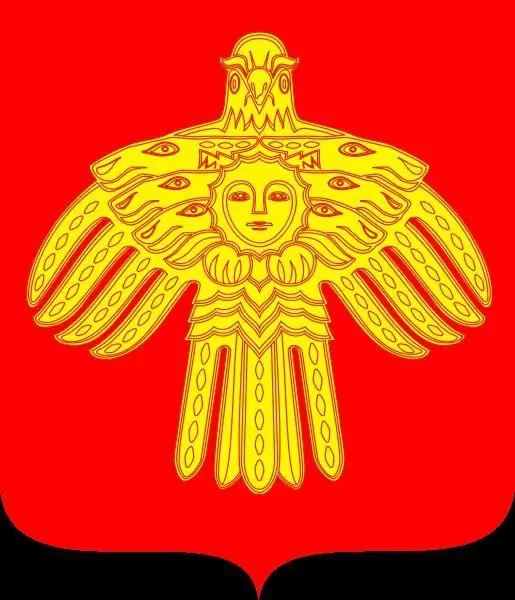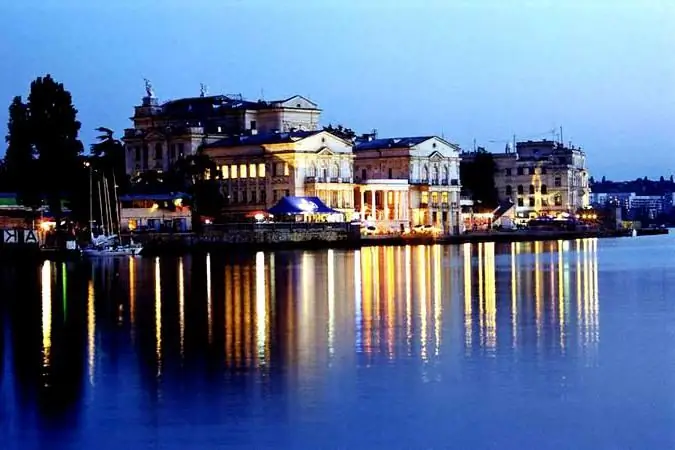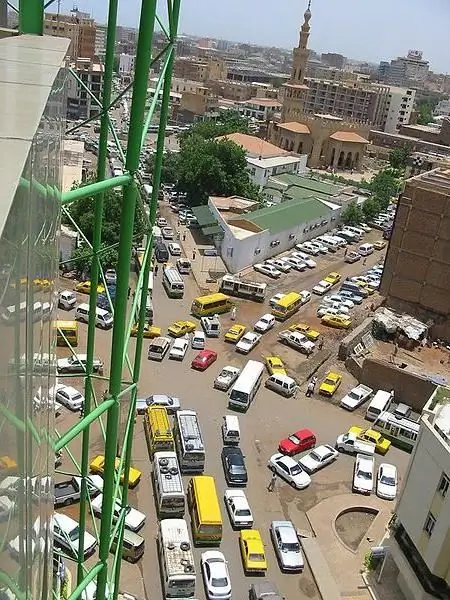- Author Harold Hamphrey [email protected].
- Public 2023-12-17 10:06.
- Last modified 2025-01-24 11:10.
If you decide to visit a state like Bolivia, the capital of the country, of course, should not be left without attention. Sucre, also known as the "White City", is not only famous for its historical sites and buildings, but also has a relaxing atmosphere, which makes many travelers stay here longer than planned.

In the 17th century, when Bolivia was a colony of Spain, it was in Sucre that the first attempts to fight for independence began. This city was the center of progressive thought. In 1825, he became known as the capital, Bolivia finally gained independence. Later, at the end of the 19th century, the seat of government was moved from Sucre to La Paz. Now the city remains the constitutional capital, the judiciary is concentrated here, and it is also the center of the Catholic Church of the state.
Today, the capital of Bolivia is a relatively small city with white colonial buildings with red tiled roofs and all kinds of balconies overlooking hidden nooks and crannies. It is home to a large population of indigenous peoples who keep their customs and culture. It is also a major agricultural center of the country.

Heart of Sucre - May 25 Square, located in the heart of the city. It is surrounded by the cathedral, the regional and city government buildings and the historic Casa de la Libertad, which now houses a museum. All other attractions are located no more than five blocks from the square. The capital of Bolivia invites you to visit:
- Cal Orkco is a unique archeological monument that is part of the UNESCO World Heritage Site. It is a huge wall with dinosaur footprints.
- Museum de Charcas - housed in a 17th century mansion, includes mini-museums of colonial art, contemporary art and ethnography.
- Museum de la Recoleta. In the 15th century, in its place was a complex of monasteries, barracks and prisons. Now the museum houses paintings by unknown authors of the 16th-20th centuries
- Museum de Arte Indigena - located in Zona La Recoleta, offers to get acquainted with the culture of the eastern tribes of Bolivia.
- Archivo Nacional - National Library of Bolivia.
- Museo del Arte Moderno - it invites you to get acquainted with the works of modern painting.
- Tarabuco Sunday market in traditional style. It offers everyday goods as well as traditional crafts and textiles. Here you can buy the tapestries that Sucre is famous for.
- Park Bolivar is a favorite meeting place for city dwellers. At the top of the park is the building of the Supreme Court, and at the bottom - the former railway station, which is now not in use. Here you can see the charminga miniature copy of the Eiffel Tower.

The capital of Bolivia is also a popular place to learn Spanish. There are many Spanish schools and volunteer projects in Sucre, the main ones being Sucre Spanish School and Fox Language Academy. There are also alternative courses that explore the city and learn the language in the process.
Sucre has a wide variety of places to eat, from street cafes and market stalls to elegant restaurants. The capital of Bolivia is a city that is characterized by a large number of students, so there are many inexpensive establishments offering cheap and delicious lunch.






